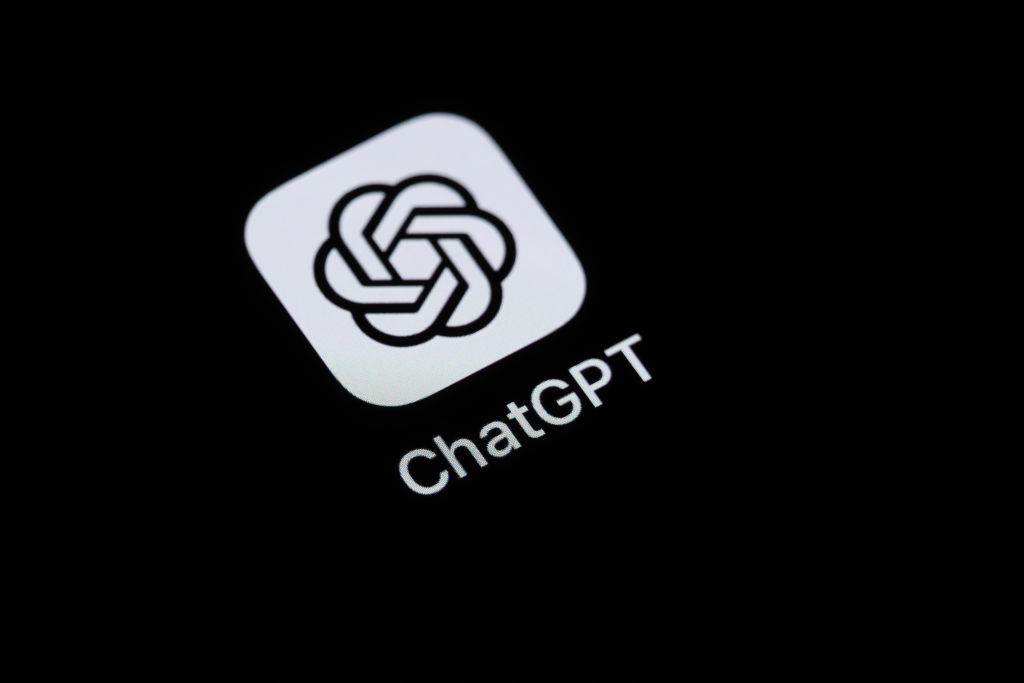OpenAI Rolls Out Safety Routing and Parental Controls for ChatGPT

Key Points
- OpenAI began testing a safety routing system in ChatGPT and launched parental controls.
- Routing detects sensitive conversations and switches to a GPT‑5 model with "safe completions."
- The system responds to past incidents that led to a wrongful death lawsuit.
- Parental controls let guardians set quiet hours, disable voice, memory, and image generation.
- Alerts are sent to parents if self‑harm risk is detected, with possible law‑enforcement involvement.
- Mixed public reaction: praise for safety, criticism for perceived over‑restriction.
- OpenAI plans a 120‑day iteration period to refine the safety features.
OpenAI has begun testing a new safety routing system in ChatGPT and introduced parental controls for teen users. The routing feature detects emotionally sensitive conversations and temporarily switches to a GPT‑5 model trained with "safe completions," aiming to prevent harmful interactions that have previously led to legal challenges. Parental controls let guardians set quiet hours, disable voice and memory functions, block image generation, and receive alerts if the system detects self‑harm risk. The changes have sparked mixed reactions, with some praising the added safeguards and others viewing them as overly restrictive.
New Safety Routing System
OpenAI started testing a safety routing system in ChatGPT over the weekend and officially launched parental controls on Monday. The routing mechanism is designed to spot emotionally sensitive or potentially harmful conversations and automatically shift the interaction to a GPT‑5 model equipped with a feature called "safe completions." This model is intended to handle high‑stakes safety work more responsibly than earlier versions.
The move follows a series of incidents where certain ChatGPT models appeared to validate users' delusional thinking instead of redirecting them away from harmful content. One such incident resulted in a wrongful death lawsuit after a teenage boy died by suicide after months of interacting with the chatbot.
Technical Details and Model Shifts
GPT‑5 models have been trained specifically to provide safe answers rather than simply refusing to engage. In contrast, earlier models such as GPT‑4o were noted for being overly agreeable, which some experts say contributed to AI‑induced delusions. When OpenAI rolled out GPT‑5 as the default in August, many users pushed back and requested continued access to GPT‑4o.
OpenAI’s VP of the ChatGPT app, Nick Turley, explained that routing occurs on a per‑message basis, with the model switch being temporary. Users can ask the chatbot which model is active at any time, and the company plans a 120‑day period of iteration and improvement to refine the system.
Parental Controls for Teen Users
The newly introduced parental controls give guardians a suite of options to tailor a teen’s ChatGPT experience. Controls include setting quiet hours, turning off voice mode and memory, removing image generation capabilities, and opting out of model training. Teen accounts also receive additional content protections, such as reduced graphic content and safeguards against extreme beauty ideals.
When the system detects potential self‑harm signals, a small team of specially trained staff reviews the situation. If acute distress is identified, OpenAI will contact parents via email, text message, and push notification, unless the parents have opted out. The company also stated it is working on mechanisms to involve law enforcement or emergency services if an imminent threat is detected and a parent cannot be reached.
Public Reaction
The safety updates have drawn mixed reactions. Some users and experts commend the added safeguards as a necessary step toward responsible AI deployment. Others criticize the approach as overly cautious, arguing that it treats adult users like children and may degrade the quality of the service. OpenAI acknowledges that the system is not perfect and may generate false alarms, but it emphasizes a preference for erring on the side of safety.
Overall, OpenAI is positioning the safety routing and parental controls as part of a broader effort to strengthen safeguards, learn from real‑world use, and iterate rapidly before a wider rollout.